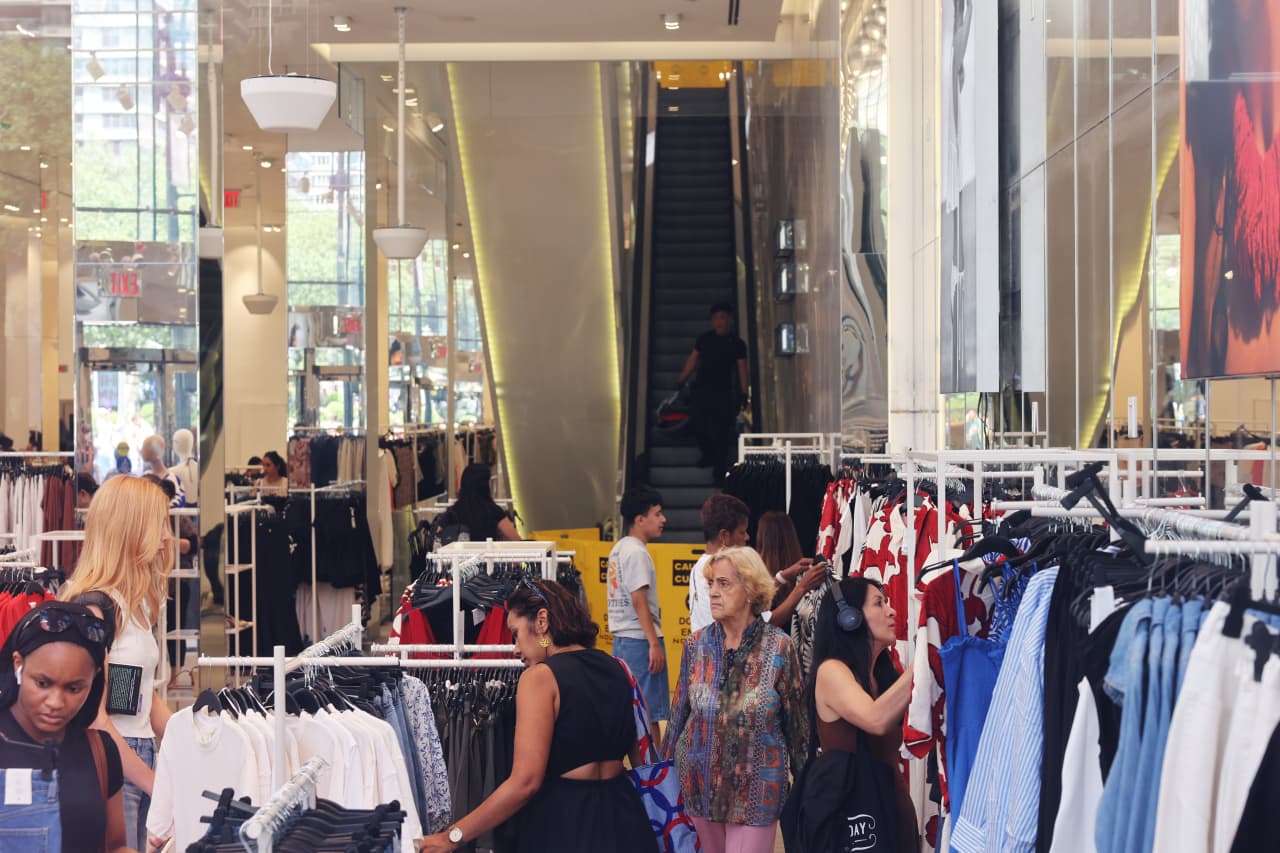Cost of renting continues to rise in Australia
Tight rental markets in Australia’s capitals fuel further price increases, new data reveals
The cost of renting in Australia is continuing to climb according to new data released today.
PropTrack’s Market Insight report reveals a significant increase for all dwellings over the first quarter of 2023, up 2 percent to a median of $500 per week.
National figures reveal house rents have increased to a median of $530 per week while weekly rent on units now sits at $480. That represents a year-on-year increase of 10.4 percent for houses and 11.1 percent for units.
Unsurprisingly, renters in Australia’s capitals were hardest hit, up 4 percent on last quarter and 13 percent higher year on year. The ACT and regional South Australia were the only areas where rents remained steady over the past quarter.
The data follows on from yesterday’s announcement by the RBA not to increase interest rates, the first time it has decided to pause an increase in the cash rate since May 2022. Research released by the RBA last month in its Renters, Rent Inflation and Renter Stress report suggested there was little relief in sight for renters battling higher levels of rent inflation. While the rental market has traditionally been dominated by younger people, the RBA research found that that is no longer the case.
“Renting has always been more common among younger households; around half of all heads of renter households are between 25 and 44 years of age,” the RBA report said. “However, the share of older households renting has risen over time, and single older women are the fastest growing group in public housing.”
Author of the PropTrack report, senior economist Paul Ryan, said while regional growth has slowed following significant growth during COVID, conditions for renters remain ‘extremely tight’, particularly in capital cities. This is expected to continue to drive rents higher in the coming months.
This stylish family home combines a classic palette and finishes with a flexible floorplan
Just 55 minutes from Sydney, make this your creative getaway located in the majestic Hawkesbury region.
A Sydney site with a questionable past is reborn as a luxe residential environment ideal for indulging in dining out
Long-term Sydney residents always had handful of not-so-glamourous nicknames for the building on the corner of Cleveland and Baptist Streets straddling Redfern and Surry Hills, but after a modern rebirth that’s all changed.
Once known as “Murder Mall” or “Methadone Mall”, the 1960s-built Surry Hills Shopping Centre was a magnet for colourful characters and questionable behaviour. Today, however, a $500 million facelift of the site — alongside a slow and steady gentrification of the two neighbouring suburbs — the prime corner property has been transformed into a luxury apartment complex Surry Hills Village by developer Toga Group.
The crowning feature of the 122-apartment project is the three-bedroom penthouse, fully completed and just released to market with a $7.5 million price guide.
Measuring 211sqm of internal space, with a 136sqm terrace complete with landscaping, the penthouse is the brand new brainchild of Surry Hills local Adam Haddow, director of architecture at award-winning firm SJB.
Victoria Judge, senior associate and co-interior design lead at SJB says Surry Hills Village sets a new residential benchmark for the southern end of Surry Hills.
“The residential offering is well-appointed, confident, luxe and bohemian. Smart enough to know what makes good living, and cool enough to hold its own amongst design-centric Surry Hills.”
Allan Vidor, managing director of Toga Group, adds that the penthouse is the quintessential jewel in the crown of Surry Hills Village.
“Bringing together a distinct design that draws on the beauty and vibrancy of Sydney; grand spaces and the finest finishes across a significant footprint, located only a stone’s throw away from the exciting cultural hub of Crown St and Surry Hills.”
Created to maximise views of the city skyline and parkland, the top floor apartment has a practical layout including a wide private lobby leading to the main living room, a sleek kitchen featuring Pietra Verde marble and a concealed butler’s pantry Sub-Zero Wolf appliances, full-height Aspen elm joinery panels hiding storage throughout, flamed Saville stone flooring, a powder room, and two car spaces with a personal EV.
All three bedrooms have large wardrobes and ensuites with bathrooms fittings such as freestanding baths, artisan penny tiles, emerald marble surfaces and brushed-nickel accents.
Additional features of the entertainer’s home include leather-bound joinery doors opening to a full wet bar with Sub-Zero wine fridge and Sub-Zero Wolf barbecue.
The Surry Hills Village precinct will open in stages until autumn next year and once complete, Wunderlich Lane will be home to a collection of 25 restaurants and bars plus wellness and boutique retail. The EVE Hotel Sydney will open later in 2024, offering guests an immersive experience in the precinct’s art, culture, and culinary offerings.
The Surry Hills Village penthouse on Baptist is now finished and ready to move into with marketing through Toga Group and inquiries to 1800 554 556.
This stylish family home combines a classic palette and finishes with a flexible floorplan
Just 55 minutes from Sydney, make this your creative getaway located in the majestic Hawkesbury region.























